Properties of Substances
In this lesson we will explore the physical and chemical properties of substances.
Substance Properties
Physical Properties vs Chemical Properties.
The characteristics that distinguish one substance from another are called properties. A physical property is a characteristic of matter that is not associated with a change in its chemical composition – it is a property that can be measured or observed without changing the chemical identity of the substance. Familiar examples of physical properties include density, color, hardness, and melting and boiling points. Some physical properties, such as density and color, may be observed without changing the physical state of the matter. Other physical properties, such as the melting temperature or the freezing temperature of water, can only be observed as matter undergoes a physical change. A physical change is a change in the state or properties of matter without any change in the chemical identities of the substances contained in the matter. Physical changes are observed when wax melts, when sugar dissolves in coffee, and when steam condenses into liquid water.
(a) Wax undergoes a physical change when solid wax is heated and forms liquid wax. (b) Steam condensing inside a cooking pot is a physical change, as water vapor is changed into liquid water. (credit a: modification of work by “95jb14”/Wikimedia Commons; credit b: modification of work by “mjneuby”/Flickr)
The change of one type of matter into another type (or the inability to change) is a chemical property. Examples of chemical properties include flammability, toxicity, acidity, and many other types of reactivity. Iron, for example, combines with oxygen in the presence of water to form rust. Nitroglycerin is very dangerous because it explodes easily; neon poses almost no hazard because it is very unreactive.
(a) One of the chemical properties of iron is that it rusts; (b) one of the chemical properties of chromium is that it does not. (credit a: modification of work by Tony Hisgett; credit b: modification of work by “Atoma”/Wikimedia Commons)
A chemical change always produces one or more types of matter that differ from the matter present before the change. The formation of rust is a chemical change because rust is a different kind of matter than the iron, oxygen, and water present before the rust formed. The explosion of nitroglycerin is a chemical change because the gases produced are very different kinds of matter from the original substance.
(a) Copper and nitric acid undergo a chemical change to form copper nitrate and brown, gaseous nitrogen dioxide. (b) During the combustion of a match, cellulose in the match and oxygen from the air undergo a chemical change to form carbon dioxide and water vapor. (c) Cooking red meat causes a number of chemical changes, including the oxidation of iron in myoglobin that results in the familiar red-to-brown color change. (d) A banana turning brown is a chemical change as new, darker (and less tasty) substances form. (credit b: modification of work by Jeff Turner; credit c: modification of work by Gloria Cabada-Leman; credit d: modification of work by Roberto Verzo)
While many elements differ dramatically in their chemical and physical properties, some elements have similar properties. For example, many elements conduct heat and electricity well, whereas others are poor conductors. These properties can be used to sort the elements into three classes: metals (elements that conduct well), nonmetals (elements that conduct poorly), and metalloids (elements that have intermediate conductivities).
The periodic table is a table of elements that places elements with similar properties close together. You will learn more about the periodic table throughout the course; the ability to recognize elements as metal or nonmetals will be important later to identify classes of compounds.
States of Matter
Solids, liquids & gases.
Matter is defined as anything that occupies space and has mass, and it is all around us.
Solids, liquids, and gases are the three states of matter commonly found on earth. A solid is rigid and possesses a definite shape. A liquid flows and takes the shape of its container, except that it forms a flat or slightly curved upper surface when acted upon by gravity. Both liquid and solid samples have volumes that are very nearly independent of pressure. A gas takes both the shape and volume of its container.
The three most common states or phases of matter are solid, liquid, and gas.
The periodic table shows how elements may be grouped according to certain similar properties. Note the background color denotes whether an element is a metal, metalloid, or nonmetal, whereas the element symbol color indicates whether it is a solid, liquid, or gas.
Properties of matter fall into one of two categories. If the property depends on the amount of matter present, it is an extensive property. The mass and volume of a substance are examples of extensive properties; for instance, a gallon of milk has a larger mass than a cup of milk. The value of an extensive property is directly proportional to the amount of matter in question. If the property of a sample of matter does not depend on the amount of matter present, it is an intensive property. Temperature is an example of an intensive property. If the gallon and cup of milk are each at 20 °C (room temperature), when they are combined, the temperature remains at 20 °C. As another example, consider the distinct but related properties of heat and temperature.
